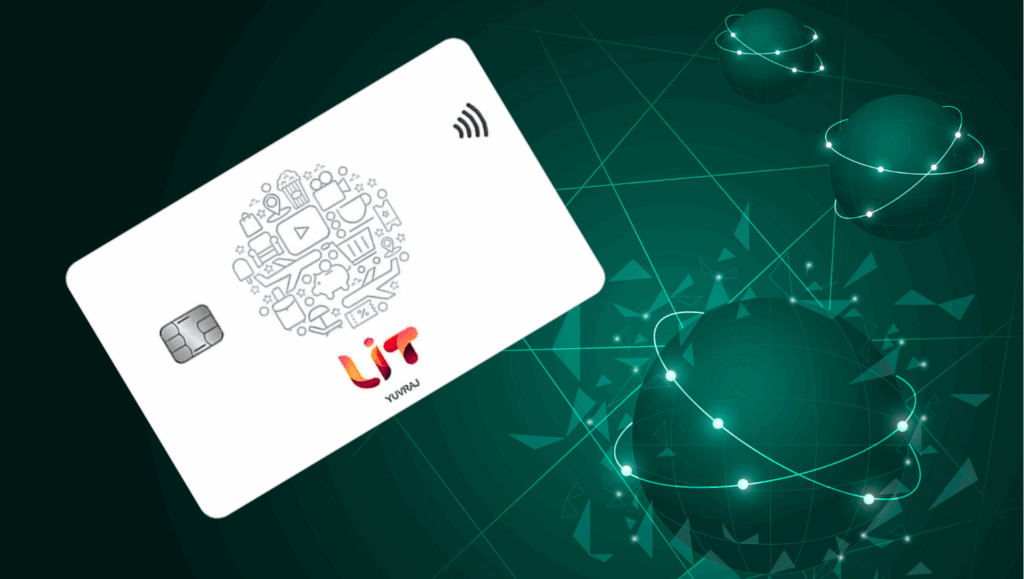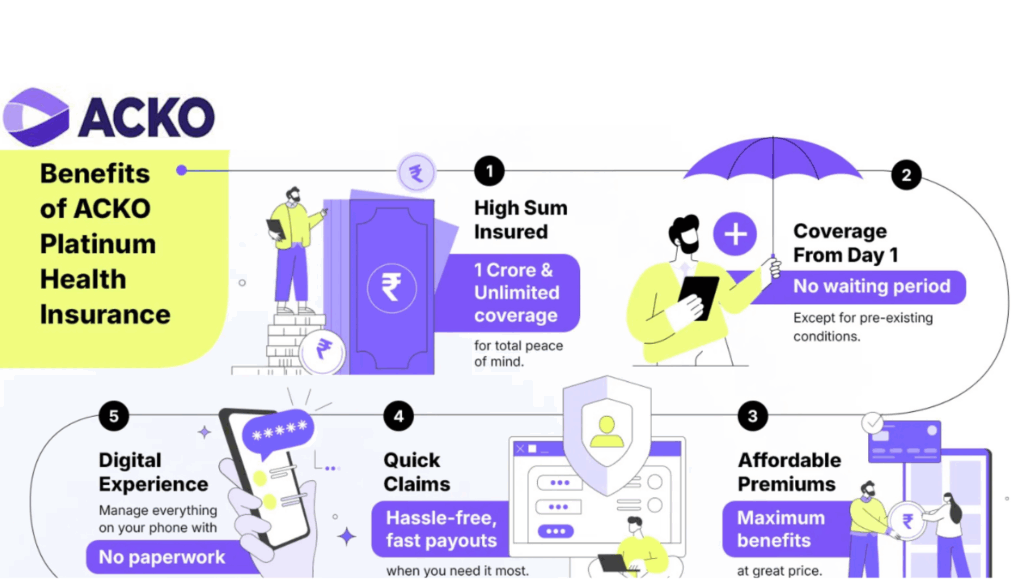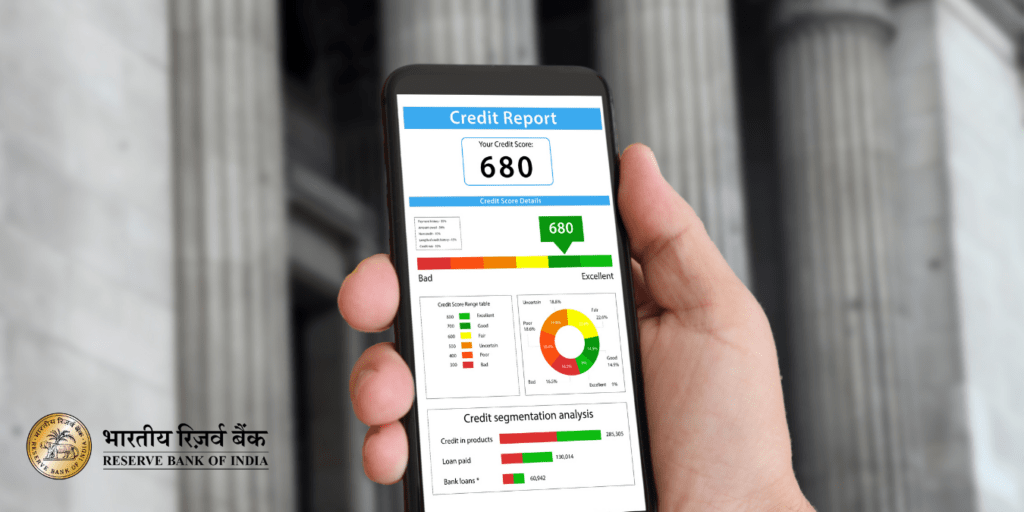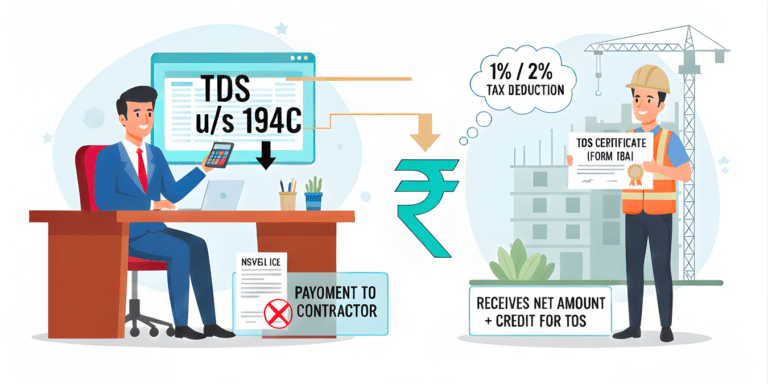
UPI’s ₹1 lakh daily limit and ₹5 lakh high-value cap hide tax traps. With 185.86 billion transactions and AI-driven scrutiny, unreported inflows over ₹50,000 could trigger reassessments. From cashback taxes to GST rules, uncover the suspenseful link between UPI and income tax.
Imagine scanning a QR code at your favourite café, sipping chai as money zips through your UPI app in seconds. It’s seamless, fast, and oh-so-convenient. But what if this simple act could catch the eye of the Income Tax Department? In India’s digital payment revolution, led by the Unified Payments Interface (UPI), is soaring. Yet, hidden beneath this convenience lies a web of limits and tax rules. Could your next transfer trigger scrutiny? Let’s unravel the suspense behind UPI transaction limits and their income tax implications.
UPI: The Heartbeat of Digital India
UPI has transformed how India pays. In FY 2024-25, UPI clocked a staggering 185.86 billion transactions, a 42% year-on-year surge, with a cumulative value of ₹261 lakh crore, up 30% from the previous year. Apps like Google Pay, PhonePe, and Paytm dominate, making cash almost obsolete. But with this boom comes a critical question: how do transaction limits and income tax rules intertwine in 2025?.
Decoding UPI Transaction Limits
The National Payments Corporation of India (NPCI) sets the baseline for UPI limits. For most users, the daily cap is ₹1 lakh for peer-to-peer (P2P) and peer-to-merchant (P2M) transactions. However, banks can tweak this. For instance, SBI, HDFC, and ICICI typically align with the ₹1 lakh limit, while smaller banks like Allahabad Bank may cap it at ₹25,000. Curious about your bank’s limit? Check your UPI app’s settings for specifics.
Expanded Limits for 2025
Here’s where it gets interesting. In 2025, NPCI has raised limits for specific sectors, effective since September 16, 2024. Transactions for hospitals, educational institutions, tax payments, IPOs, and RBI retail direct schemes now allow up to ₹5 lakh per transaction. Need to pay a hefty hospital bill or settle taxes? UPI’s got you covered. But with higher limits comes a twist: these transactions feed into tax reporting systems.
The Tax Trap: How UPI Meets Income Tax
UPI transactions aren’t taxed directly—no sneaky fees on your coffee payment. But the Income Tax Department watches closely, especially when your transactions don’t match your declared income. Under the Income Tax Act, banks report high-value activities via the Annual Information Statement (AIS). For savings accounts, aggregate deposits and withdrawals exceeding ₹10 lakh annually raise red flags. Current accounts have a higher threshold of ₹50 lakh. Since UPI is linked to bank accounts, every transfer counts toward these limits.
Taxable UPI Transactions Unveiled
Section 56(2) of the Income Tax Act classifies certain UPI receipts as “income from other sources.” If you receive more than ₹50,000 in a financial year via UPI or e-wallets, it may be taxable. Gifts from relatives are exempt up to ₹50,000, but business receipts or unexplained inflows? They’re fair game for taxation, potentially pushing you into a higher tax slab. Freelancers, take note: unreported UPI income exceeding ₹50,000 could trigger reassessment under Section 147.
Cashbacks and Rewards: A Taxable Surprise
Love those UPI cashbacks? They’re not always free money. Cashbacks or rewards exceeding ₹500 annually are considered taxable “gifts” under Section 56(2). For instance, if you earn ₹1,000 cashback from PhonePe, it’s reportable. Gift vouchers from employers over ₹5,000 via UPI also face tax. In 2025, with UPI apps offering frequent incentives, tracking these small amounts is crucial to avoid surprises during ITR filing.
New NPCI Rules for 2025: Adding Suspense
Starting August 1, 2025, NPCI introduced rules to streamline UPI efficiency and curb fraud. You can now check your bank balance only 50 times per day per app and view linked account details 25 times daily. Auto-refresh features in apps count toward these limits, which could disrupt heavy users. Autopay mandates are restricted to non-peak hours (before 10 AM, 1-5 PM, after 9:30 PM) to reduce system load. Transaction status refreshes are capped at three attempts with a 90-second gap. These changes aim to stabilize the UPI network, which processed 18.4 billion transactions in June 2025 alone.
Tax Payments and UPI: A Game-Changer
Paying taxes via UPI? The limit jumped to ₹5 lakh per transaction, making compliance smoother. This applies to income tax, GST, and other levies. But don’t assume high tax payments shield you from scrutiny. The Income Tax Department’s AI-driven systems, bolstered by expanded data centers in 2025, cross-check AIS data with ITR filings. Mismatches—like high UPI inflows against low declared income—can trigger notices.
GST and UPI: Clearing the Confusion
GST doesn’t apply to UPI fees, despite rumors of an 18% tax on transactions over ₹2,000. However, businesses receiving UPI payments must watch their turnover. If annual UPI inflows exceed ₹20 lakh for services or ₹40 lakh for goods (in some states), GST registration is mandatory. Merchants using prepaid payment instruments (PPIs) like Paytm Wallet face a 1.1% interchange fee on transactions above ₹2,000, but this doesn’t affect end-users.
The Taxman’s Watchful Eye
Here’s where the suspense peaks: what triggers an income tax notice? High UPI volumes that don’t align with your income. Imagine earning ₹5 lakh annually but receiving ₹15 lakh via UPI. The department, using PAN-linked tracking and AI, will flag this. In 2025, with enhanced monitoring, even small discrepancies can lead to queries. Small retailers, often unaware of UPI’s traceability, have faced notices for unreported income. Stay vigilant.
Bank-Specific Limits: A Unique Twist
Banks add their own flavor to UPI limits. SBI caps daily transactions at ₹1 lakh with a maximum of 20. HDFC follows suit, while ICICI offers flexibility for verified merchants. For UPI 123Pay (offline mode), the limit is ₹10,000 per transaction. Always verify your bank’s cap via the UPI app to avoid failed payments. These variations make UPI both flexible and complex.
Professional Tips to Stay Compliant
Avoid tax pitfalls with these strategies:
- Maintain Records: Download UPI statements from apps like Google Pay or PhonePe and reconcile them with bank statements. This ensures accuracy during ITR filing.
- Use Current Accounts for Business: Business owners should link UPI to current accounts to leverage the ₹50 lakh reporting threshold, higher than savings accounts’ ₹10 lakh.
- Track AIS Annually: Check your Annual Information Statement on the e-filing portal to spot discrepancies early.
- File ITR Accurately: The new tax regime offers a ₹75,000 standard deduction, making salaries up to ₹12.75 lakh tax-free. Declare all UPI income to avoid reassessments.
- Monitor Cashbacks: Log rewards and cashbacks, as amounts over ₹500 are taxable.
UPI’s Dominance in Numbers
UPI’s growth is staggering. In FY 2024-25, P2P transactions accounted for 45.12% of volume, while P2M made up 54.88%. The ₹261 lakh crore value underscores UPI’s role as India’s financial backbone. NPCI’s proposed biometric authentication could further reduce PIN reliance, enhancing security by 2026. These stats highlight why staying informed is non-negotiable.
Freelancers and TDS: A Hidden Catch
Freelancers, beware: UPI payments for services exceeding ₹30,000 (single) or ₹1 lakh (annual) attract TDS under Section 194. Clients may deduct 1-10% before paying, depending on your PAN status. Keep transaction records, including acknowledgments for loan repayments, to prove non-taxable transfers. This ensures you don’t face unexpected tax liabilities.
Quick Reference: UPI Limits and Tax Thresholds
| Category | UPI Limit (2025) | Income Tax Reporting Threshold |
| Daily General | ₹1 lakh | N/A |
| Per Transaction (High-Value) | ₹5 lakh (tax, health, edu) | ₹10 lakh annual (savings) |
| Annual Received (Taxable) | Over ₹50,000 | ₹50 lakh (current) |
| Transactions Per Day | 20 | N/A |
| Cashbacks/Rewards | Over ₹500 | Taxable as gift |
This table distills the essentials, but the story evolves with NPCI’s updates.
Merchant Charges: No Burden on Users
For merchants, UPI remains cost-effective. P2P and P2M transactions via bank accounts incur zero charges. However, PPI-based UPI transactions over ₹2,000 carry a 1.1% interchange fee, paid by merchants, not users. This keeps UPI attractive for everyday payments, from street vendors to luxury stores.
Avoiding the Tax Net: Practical Advice
To stay safe, link UPI to a current account for business transactions to benefit from higher thresholds. For personal use, keep savings account transactions below ₹10 lakh annually. Regularly review your AIS and file ITRs on time. Tools like Tax2Win or ClearTax simplify compliance, while a chartered accountant can offer tailored advice for complex cases.
The Future of UPI: A Suspenseful Horizon
UPI’s trajectory is thrilling. With biometric authentication on the horizon and transaction volumes expected to hit 200 billion by 2026, the system is evolving. Yet, the Income Tax Department’s AI surveillance will only intensify. Every transfer is a thread in your financial story—ensure it’s a tale of compliance, not scrutiny.
Final Thought: Navigate UPI Wisely
UPI transaction limits and income tax rules in 2025 blend convenience with caution. Expanded limits of ₹5 lakh for key sectors and caps on balance checks reflect NPCI’s push for efficiency. But with AI tracking every move, transparency is key. Declare UPI income, track cashbacks, and reconcile statements to stay ahead. Your next transfer could be seamless—or a tax thriller. Transact smartly, stay informed.

































